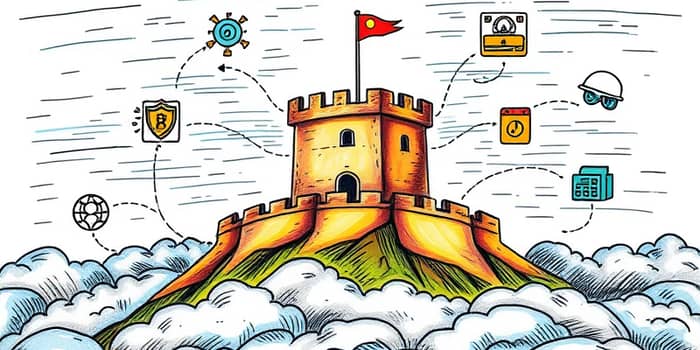
In a world of constant change and uncertainty, organizations must embrace proactive measures to protect their future. Risk mitigation goes beyond emergency reactions; it’s about anticipating challenges and building resilience into every process.
This article explores the most effective approaches to minimize threats, illustrated with real-world examples and practical advice.
Risk mitigation is the practice of reducing the impact of potential threats by developing plans to manage, eliminate, or limit setbacks. Instead of waiting for disasters to strike, businesses can adopt strategies that preserve continuity and protect assets.
At its core, the objective is to minimize the likelihood or impact of risks, ensuring steady growth and stability even when the unexpected occurs.
Organizations typically use four primary strategies to handle risk: avoidance, transfer, reduction, and acceptance. Each approach has unique applications and benefits.
Practical examples bring these strategies to life, demonstrating how forward-thinking organizations stay one step ahead of potential setbacks.
1. Cybersecurity Measures
2. Disaster Recovery Plan
Leading enterprises maintain detailed protocols for natural disasters, system outages, and security incidents:
3. Diversification and Investment Strategies
Financial resilience often comes from spreading risk. Organizations allocate resources across different asset classes—stocks, bonds, real estate—to cushion against market downturns.
4. Employee Safety and Training
Workplace accident statistics fall dramatically when staff receive thorough safety guidance and regular refresher courses. Cultivating a safety-first mindset reduces incidents and fosters trust.
A clear comparison helps decision-makers select the right mix of approaches.
Adopting a structured approach—guided by standards such as ISO 31000—builds trust among stakeholders and fosters a culture of adaptability and continuous learning. When employees understand the risk framework, they become active participants in protecting the organization’s future.
Benefits include improved decision-making, enhanced reputation, and long-term viability. Risk-aware companies are more attractive to investors, partners, and top talent.
Modern risk management leverages cutting-edge tools to stay ahead of threats in real time.
Artificial Intelligence and Predictive Analytics detect patterns and forecast potential issues before they escalate. By automating routine tasks, AI frees teams to focus on strategic initiatives.
Governance, Risk, and Compliance (GRC) platforms integrate policies, controls, and reporting into a unified dashboard, enabling holistic oversight and accountability.
Implementing effective strategies requires more than tools; it demands an empowered workforce and clear governance.
Risk mitigation is not a one-time project but a continuous journey. By combining proactive strategies, advanced technologies, and a strong risk culture, organizations can navigate uncertainty with confidence.
Embrace these smart strategies today to protect your assets, empower your teams, and ensure sustainable success tomorrow.
References













